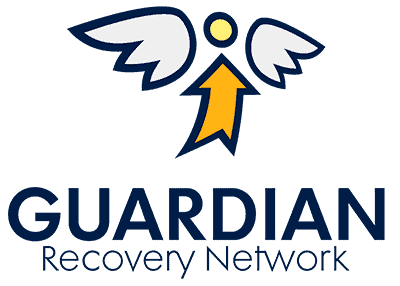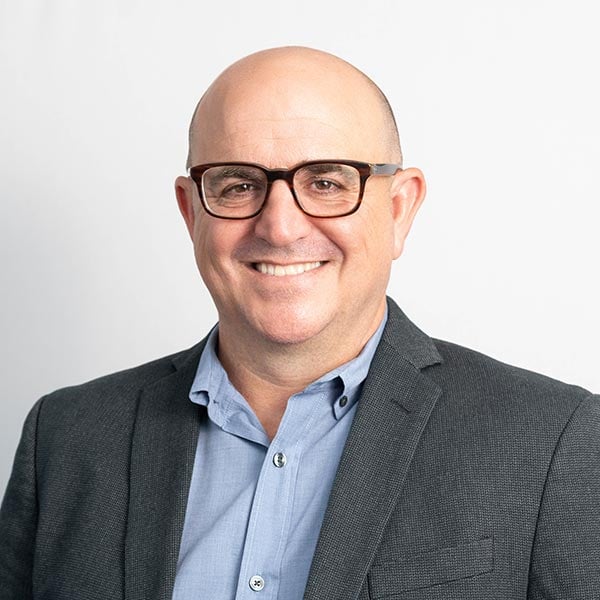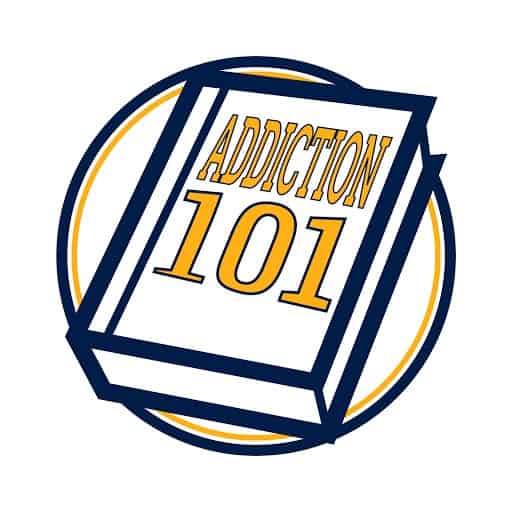
Addiction 101
Alcoholics Anonymous & The 12 Steps
Does Alcoholics Anonymous (AA) really work? What exactly is the program of AA? What are the 12 steps? This article gives you the 101 on the history of AA, what AA is really all about, and a brief summary of each of the 12 Steps.
According to a comprehensive study conducted by a Stanford School of Medicine researcher and his collaborators, Alcoholics Anonymous (AA) is the most effective path to abstinence. For the study, the Stanford researchers evaluated 35 previously conducted studies involving the work of 145 scientists and the outcomes of 10,080 participants. Combining this collection of research, Keith Humphreys, PhD, professor of psychiatry and behavioral sciences, and his fellow investigators determined that AA was nearly always found to be more effective than psychotherapy in achieving abstinence. In addition, most studies showed AA participation lowered health care costs.
There is a vast misconception that AA is merely community support meetings, often held in grungy church basements with burnt coffee served in styrofoam cups where individuals bemoan their lives as alcoholics. This understanding of AA is shallow and distorted — it completely misses the true essence of AA, which is a deep and multi-layered method for treating addiction. Also contrary to popular conception, AA is not solely for Alcoholics. The AA 12-Step method has been adopted by hundreds of other 12-Step groups to effectively treat addictions of all varieties. And AA meetings are open to addicts of any type so long as they have a desire to live sober. The 12 Steps can be applied to treat any addiction, whether to a substance, or a behavior.
So why is the program of Alcoholics Anonymous so effective? And what exactly is the Alcoholics Anonymous method?
The AA Method
The AA method entails three core components, as represented by the AA triangle. Those three components are as follows:
- Unity
- Recovery
- Service
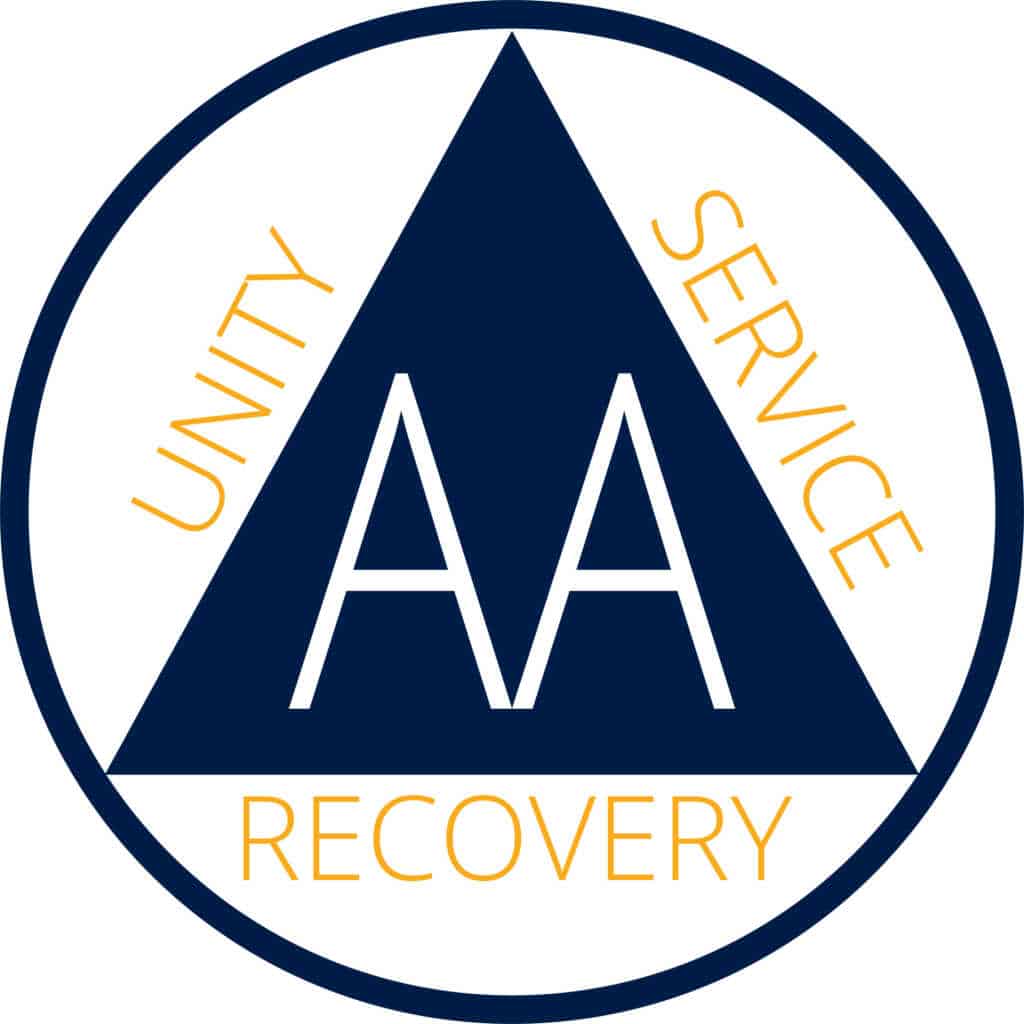
Unity
The Unity portion of the program is what most people know about AA. AA is a community of sober individuals who commune together at meetings to help support each other in living their lives in recovery. This social aspect is very important to the recovery journey as it is the place where individuals find a sense of belonging and community. When individuals share their stories, they realize they are not alone in their struggles. Shame is alleviated. They bond over having all survived the same battle. The Big Book of Alcoholics Anonymous describes this bond as being like that of passengers on an ocean liner who all survive a tragic shipwreck. The joyous connection that’s created by sharing in mutual survival is indescribable. The Unity of AA is also held together by the organization’s principles and clarity of purpose. AA has only one “primary purpose” — to help the alcoholic achieve sobriety. United in this purpose, AA has been able to grow globally at an exponential rate. While AA was only started in 1935, the program has been translated into more than 100 languages and can be found around the globe. When joining AA, individuals are entering into a loving, worldwide community.Recovery
This portion of the AA program is perhaps most misunderstood and underemphasized by those not active in the program. The Recovery aspect of the AA program boils down to the 12 Steps of AA. The 12 Steps are a program of action an individual takes, alongside a mentor called a sponsor, that leads to true transformation. The goal of the 12 Steps is to truly change a person from the inside out. An entire rearrangement of one’s beliefs, defects, perspectives and behaviors occurs. This process of transformation creates what AA calls a “psychic change” and a “spiritual experience.” Individuals are transformed mentally, emotionally, physically and spiritually. The Steps, which we will explain in summary below, involve actions that promote self-honesty, spiritual exploration, sharing, self-appraisal, personal growth, prayer, meditation and service to others.Service
The ultimate goal of an individual transforming their character is to allow that individual to be of service to other human beings. The whole process of working the 12 Steps is geared toward enabling a person to become more compassionate, giving and useful. Individuals in AA are of service in AA, and outside of AA. Inside of AA, individuals hold service positions within their groups (such as being a secretary of a meeting, making the coffee, being a treasurer or setting up the chairs). Individuals also give of their time and experience to help newcomers by guiding them through the steps as a sponsor. Group members offer rides to people without cars, show up for each other in their personal lives (things like big moves, weddings and birthdays) and create a sense of community. Outside of AA, individuals are encouraged to be of service to their families, jobs and communities. Many individuals volunteer. The whole idea of service is to get out of cycles of self-centeredness (which are common for addicts and alcoholics) and think more often of others.The History of AA & the 12-Steps
Knowing the history of AA and the 12 Steps can help you to understand the basis of the program. If you don’t know AA’s story, here it is in brief:
Alcoholics Anonymous was founded by a man named Bill Wilson (lovingly referred to as Bill W.). Bill was a successful stockbroker who became a terrible alcoholic and began to destroy his life. He became so ill with alcoholism that he was told he would die from the condition. His drinking got so bad that he was suffering delierium tremens (a symptom of alcohol withdrawal during which one can hallucinate and have seizures). Bill had to be hospitalized multiple times.
While in the hospital for the last time, Bill had a white-light, spiritual experience that alleviated his alcoholism just enough for him to leave the hospital sober. Bill was able to maintain his sobriety for a time and even began putting his life back together, but one evening, while standing in a hotel lobby on a business trip, he felt a strong urge to drink. He looked over at the glitzy hotel bar — people drinking merrily, celebrating and making liquor look glamourous. Bill knew he didn’t want to drink — that to drink, for him, meant another trip to the hospital or asylum. Yet he still felt an intense, nagging pull.
Suddenly a thought occurred to him as if it had been divinely placed in his mind: “You need another alcoholic to talk to. You need another alcoholic just as much as he needs you!’
Instead of going to the bar, he went to a phone booth. He called hospitals frantically searching for another alcoholic whom he could help. When he finally got through to a hospital receptive to the idea of his visit, he bolted over. He was sent to speak bedside with another man who had been struggling with alcoholism in the same way Bill had been. That man was Dr. Bob. Bill shared his story with Bob and won over Bob’s confidence. Bonded by their common struggles, Bill W. and Dr. Bob became the first two members of Alcoholics Anonymous.
The 12 Steps of Alcoholics Anonymous were largely adapted from another sobriety group that Bill had been introduced to before his white light experience in the hospital. That program was called the Oxford Group, which was a Christian-based recovery group. Bill had been introduced to the Oxford Group by an old drinking buddy, Ebby Thatcher, who had gotten sober through the group.
Ebby had been a horrendous alcoholic alongside Bill and had ended up in a series of state mental institutions. A group of three men from the Oxford Group convinced the court to parole Ebby into their custody. Those three men taught Ebby the six steps they had taken to get sober, which involved self-improvement, performing self-inventory, admitting wrongs, making amends, using prayer and meditation, and carrying the message to others. Ebby got sober through the Oxford Group’s steps and tried to share them with Bill, but Bill was closed off to the idea of the Oxford Group because it was religious. Ebby told Bill that if he had an issue with the Christian God, perhaps he should choose his own conception of God. This message later became a cornerstone of the AA program, which excludes religion, allowing all individuals to choose their own form of spirituality.
After Bill got sober, met Dr. Bob and began expanding his group of sober alcoholics, Bill adapted the Oxford Group’s steps. Their six steps became AA’s 12 steps. Those steps were written into a textbook for the program in 1938, 3 years after Bill had began forming AA groups across the country. The textbook was aptly named Alcoholics Anonymous. In it, the book explained what Bill, Bob and their sober friends had done to stay sober. The book helped new AA groups to start up in cities across the U.S., and later world.
12 Steps Explained
Below are the 12 Steps of Alcoholic Anonymous with a brief summary of what each step entails. It is highly encouraged that you do not attempt to take these steps alone, but rather with a trusted guide called a sponsor who can walk you through them and be your support. You can find someone to help you take these steps at any AA meeting across the globe, and even online. For more information of finding an AA meeting, click HERE. For some tips on finding a sponsor, click HERE.
Or, if you need a more structured sober environment and help to work these steps, Guardian Recovery has a number of treatment centers that actively take individuals through these steps. Guardian Recovery does not just teach you about the steps, we take you through the steps in a treatment setting. While in treatment, you are partnered with both a sponsor (which we call a 12-Step Contact) and a primary therapist. By working the steps in a treatment setting, you are surrounded by professional support and involved in therapy while you go through the process.
To read about any of these steps in more detail, click the link of that step. These steps are written in the we voice to remind you that in Alcoholics Anonymous, you are not alone. You work these steps side-by-side with others in recovery.
The 12 Steps Summarized
The First Step is to admit to ourselves on a deep, heartfelt level, that left to our own devices, we have no power to overcome our addictions. If we had the answer and power to solve our problem, we would have solved it already. We must feel our own powerlessness over our addictions, which has been ruling our lives. It is only by admitting complete defeat that we are then able to access the help and motivation we need to change.
The Second Step is to start believing that there is hope. By finding a power greater than ourselves — whether that is the power inherent in the collective community of Alcoholics Anonymous, or in a spiritual force of our own understanding — we come to believe in our ability to change. We see AA has worked for millions of people, and begin to believe it could work for us too. Believing there is hope is the essence of the second step.
The Third Step is making a decision to utilize this newfound higher power (whatever it is) to continue our path of transformation. By surrendering our will — the thoughts and actions that have been causing our troubles — and exchanging it for a different path (the 12 Steps), we are able to begin the process of true recovery.
The Fourth Step is focused on self-reflection. In the fourth step we make “a searching and fearless moral inventory” of ourselves. Another word for “moral” is truth. By reviewing our lives — the people, situations, beliefs and fears we have engaged with in our past — we can begin to see the truth about ourselves and the role we’ve played in our troubles. Through writing, we begin to see the patterns we have repeated over and over again, and the source beliefs of those patterns. We begin to see ourselves clearly.
In Step Five, we read our written inventory to a trusted friend. By saying, out loud, the patterns we have revealed to ourselves on paper, we are symbolically releasing the baggage from our pasts. Our trusted friend can also help guide us to see events, people and beliefs from our past from a new perspective.
Steps four and five reveal to us what needs to change in ourselves to make lasting change in our lives. The process reveals what ideas have been holding us back, what we need to let go of, and what perspectives and behaviors need to shift.
Utilizing the self-knowledge we gained by completing Steps Four & Five, we make a list of the character defects in ourselves that are hindering our growth (this is Step Six). These “defects of character” could be old beliefs that aren’t working (for example: “I’m incapable of love,” or “I’m not good enough” or “People will always let you down”), or they could be personality defects such as being quick to anger, being judgmental or envious, being a perfectionist or a procrastinator, or holding too high of expectations of others. These defects are the blocks standing in the way of our ability to experience the love, relationships and life we want. Until we can clearly see these blocks, we cannot change.
Step Seven is about becoming entirely ready and willing to have these defects improved or removed. This might sound easy — of course we want our defects removed. Our defects, however, sometimes have served us in some way. For instance, perhaps our defect of self-righteous anger gives us a sense of superiority and importance. Giving us such self-righteous anger might be more of a sacrifice than we’re currently willing to pay. Step Seven is about confronting our defects of character — in particular the ones that are still giving us some sort of payoff — and becoming ready to give them up. In Step Seven, we humbly ask our higher power to remove these defects.
In Step Eight we make a list of all the people we have harmed. We turn back to our fourth step inventory. We review the people listed on that inventory, then take a close look at the fourth column (which is where we have written down our faults). We determine what individuals we have harmed and write down those names.
In Step Nine, we take the list we made in Step Eight and determine a way to make amends to those individuals. An amends is not merely a verbal apology — it is both an admission of wrongdoing, and the sincere intention to change the behavior in ourselves that caused such pain. Amends can come in many forms: they can be a sit-down apology; an honest, heartfelt letter; a financial reimbursement; an act of service; or what is called a “living amends’ — an agreement to live differently in the future. Our sponsor and our higher power will help us determine what amends we should make and how. If we have worked the previous eight steps thoroughly, we should be able to show up to our amends as a changed individual. The amends process can be a very healing process for both ourselves and our loved ones. By “cleaning our side of the street” we will find new self-confidence, a sense of integrity and intimacy with others.
Step Ten is to take a daily inventory of ourselves. At the end of our days, and periodically throughout the day, we review our conduct, attitude and beliefs. We look at where we may be acting selfishly, dishonestly, fearfully or with wrong motives. By staying self-aware, we are able to quickly spot when we are off track. This will prevent us from slipping back into our old ways or causing harm.
Step Eleven is about strengthening our prayer and meditation practices. It is through prayer and meditation that we both speak, and listen, to our Higher Power. Step Eleven helps us get in conscious contact with that little voice inside us that helps guide our path.
Step Twelve is about two things — number one: being of service to others, and number two: applying the principles we have learned by working the first eleven steps to our daily lives. By the time we reach Step Twelve, we should be very different people than we were when we first began. We should be more selfless, honest, compassionate and kind. We will want to help others find the freedom and joy we have found in recovery. It is not a burden to be of service, it is the bright spot of our lives. We have a new sense of meaning and purpose. We love others.
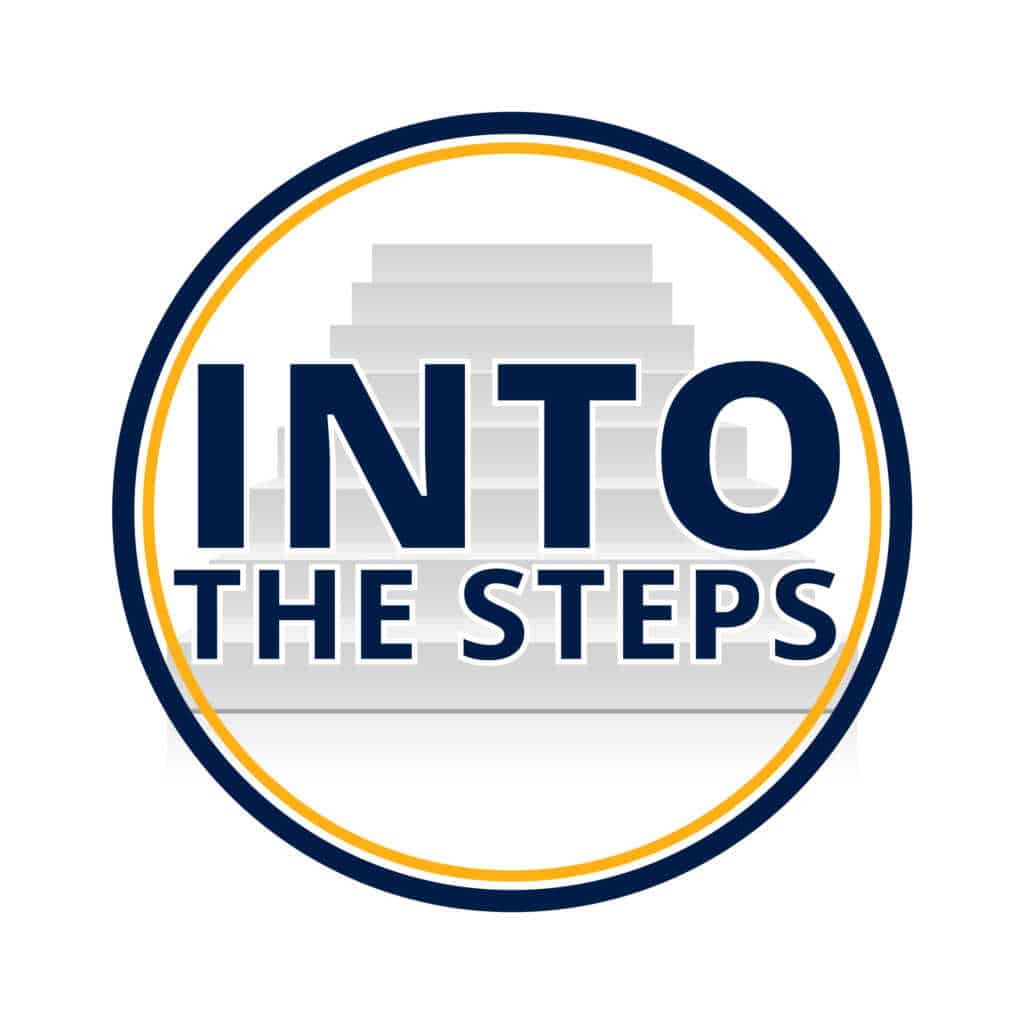
Into the Steps
Into the Steps is a series of articles that dives deep into each of the 12 Steps. While Guardian Recovery is not affiliated with Alcoholics Anonymous, we have been utilizing the 12-Step process in a treatment setting for more than 15 years. We have found that the steps, especially in combination with our clinical therapy offerings, are a powerful tool for helping individuals transform their lives and find lasting freedom from addiction.
It is highly encouraged that you do not attempt to take these steps alone, but rather with a trusted guide called a sponsor who can walk you through them and be your support. Or, you can come work them at a Guardian Recovery treatment program. Unlike many other treatment centers, we don’t just teach individuals about the steps, we actively work them. Find a facility here.
Into the Steps
Guardian Recovery & the 12 Steps
While we are not affiliated with Alcoholics Anonymous in any way, we strongly believe in the 12 Steps and their power to transform lives. In our residential inpatient treatment centers, we utilize a powerful combination of 12-Step work and professional therapy to help individuals transform. In our medical detox facilities, after an individual is physically stabilized, sober and has a clear mind, we introduce them to the 12 steps and encourage them to continue their recovery journey. In our IOP programs, which we have in New Jersey and Florida, we help individuals work their steps while they participate in their daily lives (going to work, or school, etc.). For more information on any of our facilities, click here or contact us! Our team of treatment advisors is available 24/7 and can answer any questions you might have. There is hope. Recovery is possible. And we are here for you.
Get Started Now
Give us a call 24/7
